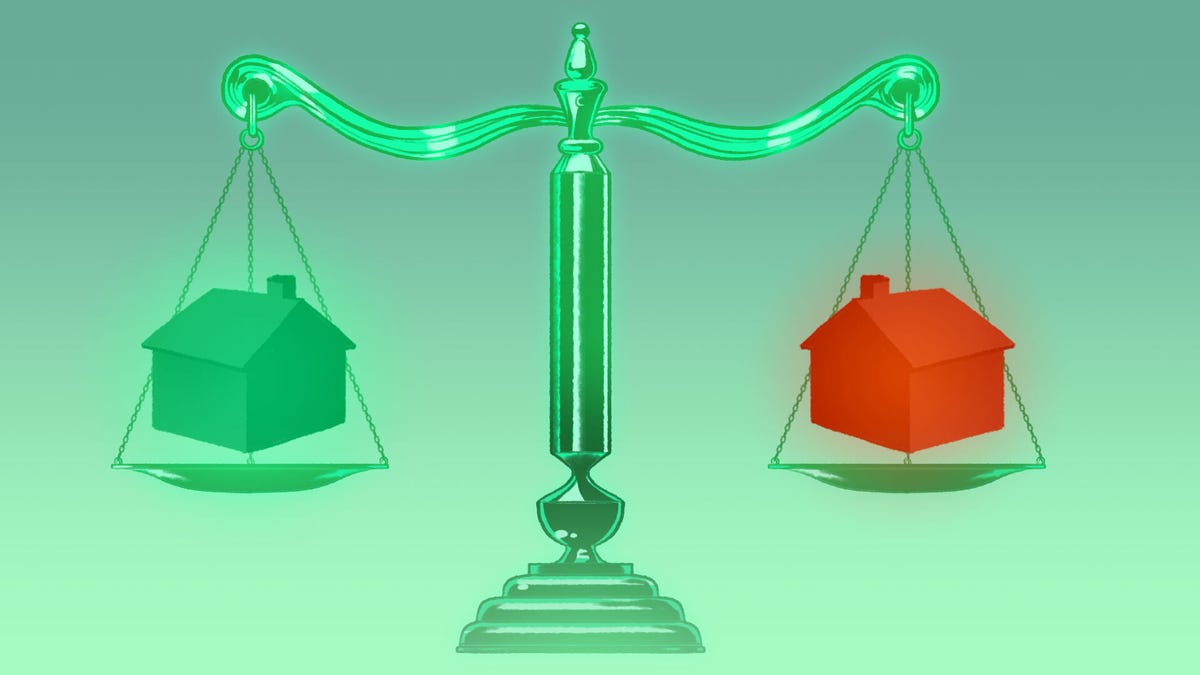How to Distinguish “good” Debt From “bad” Debt

Duty is a terrible word, but today it is a necessary part of moving around the world. Whether you want to rent an apartment, buy a car, take out a loan, or take any major financial step, you need to get used to debt. The good news is that there is such a thing as good debt.
While bad debt can quickly spiral out of control and make your financial situation worse, “good” debt can help you increase your net worth. Here’s what you need to know about what makes debt good and bad, and how you can better understand what type of debt you’re taking on.
How to determine if your debt is good
Debt is good if it can benefit your long-term financial well-being. But how can you be sure that this will happen?
Without being able to see into the future, the easiest way to tell if debt is good or bad is through the interest rate . Good debt will have a low interest rate or annual interest rate (APR), typically less than 6%. This explains why credit card debt is one of the worst: high credit card interest rates make your debt worse and worse as interest accrues.
In addition to the low interest rate, pay attention to how your debt is secured . Secured debt is pegged to collateral, while unsecured debt is not. Secured debt is “good” because the thing you finance becomes collateral for the lender—like your home for a mortgage or your car for an auto loan (more on that below). Therefore, if you are unable to make payments, the lender may confiscate your home or car and at least refund some of the money owed. On the other hand, credit card balances or medical bills are classic examples of unsecured (otherwise bad) debt; it is the lack of collateral that is the reason these types of debt tend to carry higher interest rates (again: also bad).
So what does good debt look like? To summarize, it can be said simply: if it increases your net worth, the debt can be considered “good”. This is why, for most of its history, mortgages have been a prime example of good debt, as they usually have lower interest rates and increase your overall wealth (by gradually owning your home and increasing its value). Other classic examples of good debt include real estate or small business investments. The reason is that you are borrowing money for an asset that will make a profit in the long run; so even if you are now in debt, this debt can greatly increase your finances.
Final Thoughts
Again, it’s not always that easy. Estimating your debt gets more complicated with something like student loans , which are often extensive and have high interest rates, but in theory will allow you to be a higher income earner and increase your net worth over time. Car loans fall into the same category: while the loan may be reliable, which is good, the asset depreciates quickly. If you need to go into debt to buy a car, look for a low or no interest loan.
What is even more black and white is the identification of truly bad debts, such as a high interest rate loan on a depreciating asset. If you’re borrowing money for something that won’t appreciate in value or generate income, like consumer goods, it’s a recipe for bad debt.
Ultimately, what makes debt good or bad depends on the individual lender and how much they can afford to lose. Here is our organization guide to get yourself out of debt . If you need a professional opinion to review and manage your debts, here’s our guide to hiring a financial advisor who won’t rip you off .